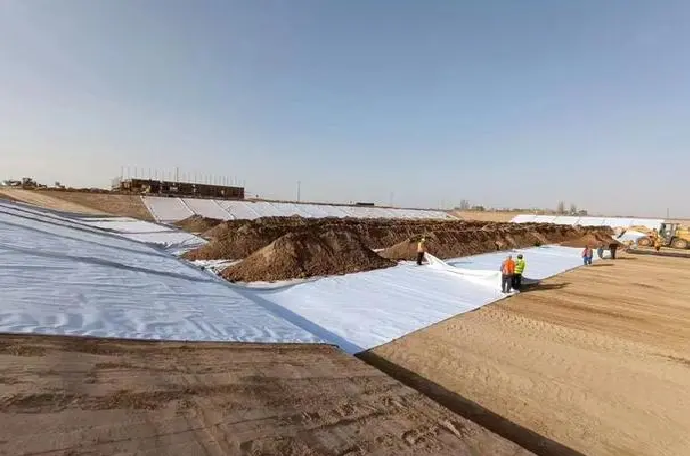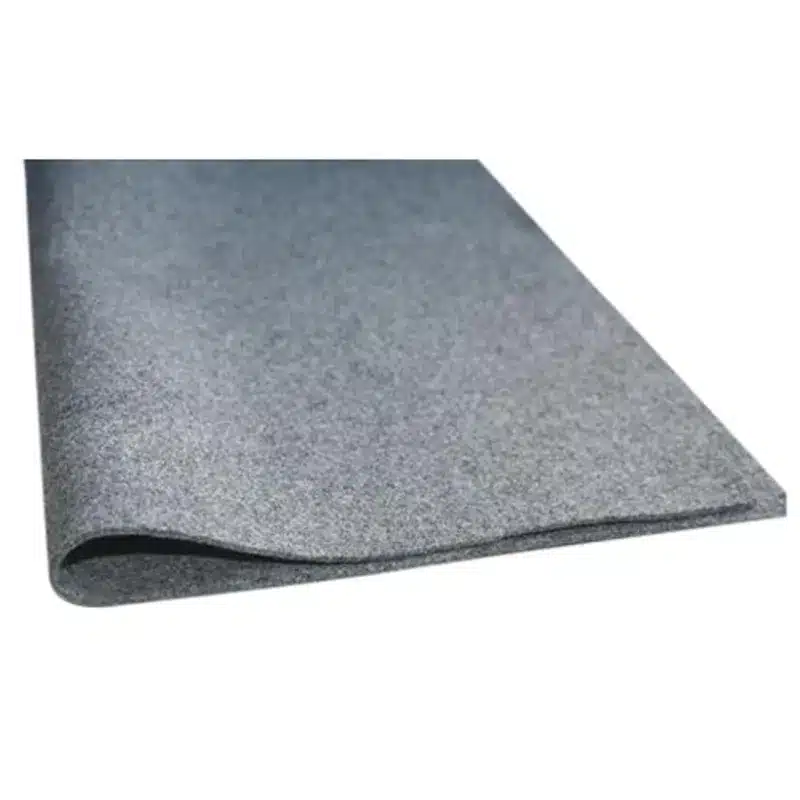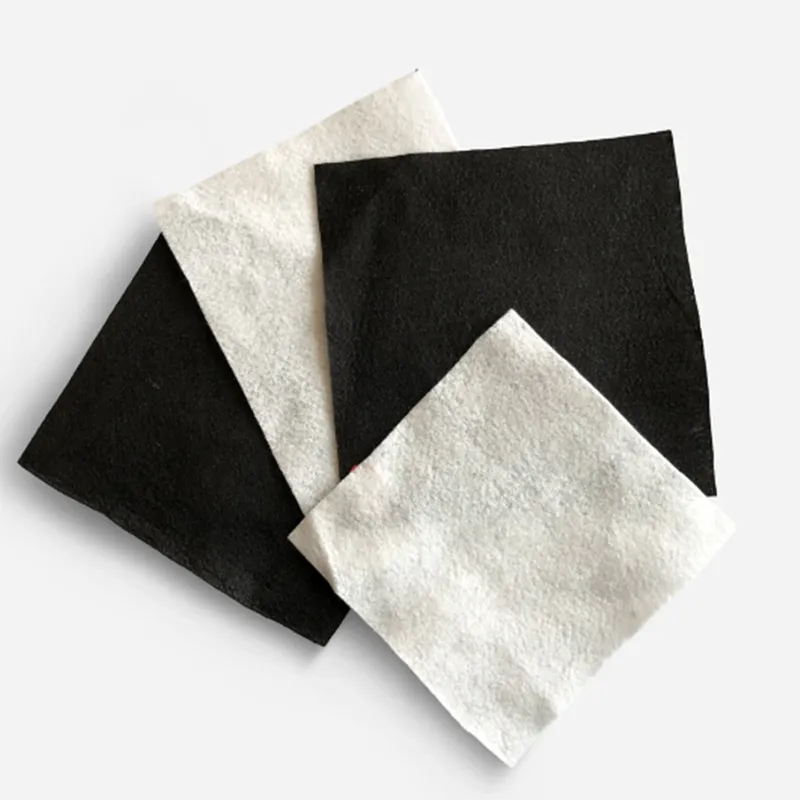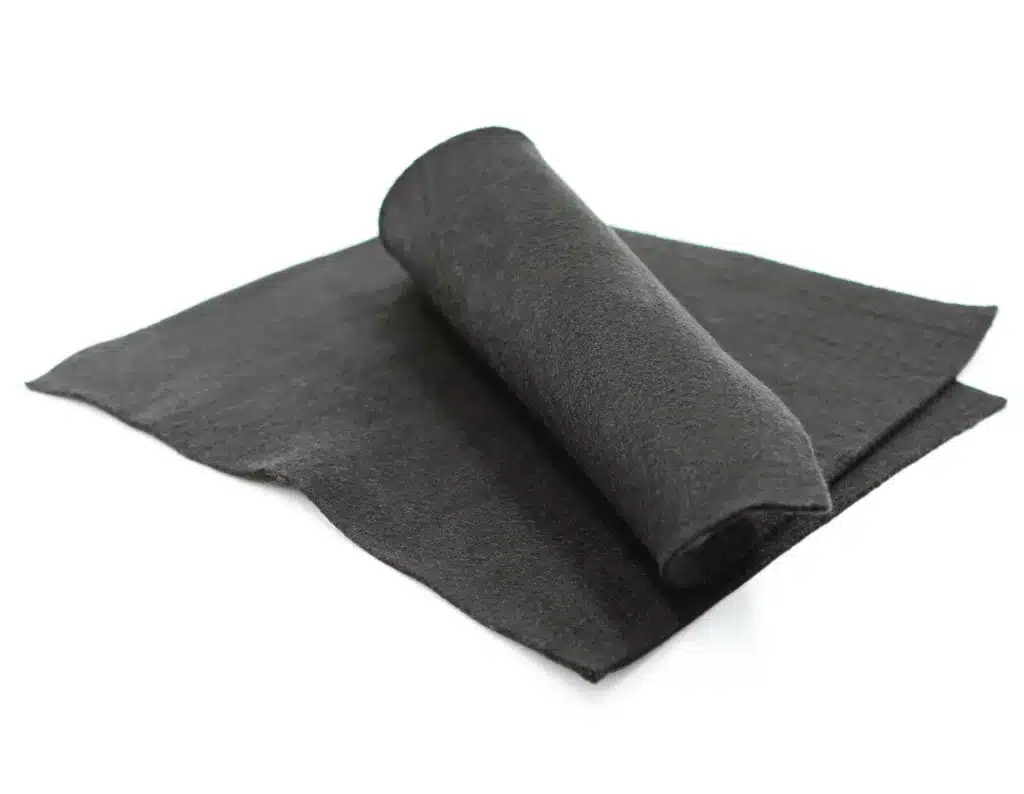Geotextile Fabric for Effective Drainage: Uses in Trench Drains & Soil Stabilization
Geotextile fabric has become a staple in various construction and landscaping projects, especially when it comes to managing drainage effectively. This permeable material, typically made from synthetic fibers like polyester or polypropylene, serves as a reliable filter that allows water to pass through while preventing soil migration. This capability makes geotextile fabric essential for drainage systems, trench drains, and soil stabilization. Here, we delve into how geotextile fabric aids in effective drainage and strengthens soil for various construction needs.
Will Water Drain Through Geotextile Fabric?
Yes, water drains effectively through geotextile fabric. Non-woven geotextile fabric is the best choice for drainage applications where water flow through (permeability) is the main concern. This material is designed to be permeable, allowing water to pass through while filtering out soil particles. The geotextile’s porous structure ensures that water can flow into drainage systems without clogging, making it a valuable component for drainage management in construction, landscaping, and road applications. The fabric’s durability and resistance to environmental conditions further enhance its ability to support long-term drainage performance.

What is the Application of Geotextile in Drainage?
Geotextile fabric is widely used in drainage applications to filter water and control soil erosion. In settings like retaining walls, embankments, or roadsides, geotextiles serve as a separators between soil and aggregates, helping maintain a stable foundation while enabling water flow. Filter around the trench drain and edge drain to prevent soil from migrating into aggregates, further protecting the drainage system from clogging. This prevents waterlogging and soil compaction, supporting better water management and reducing the risk of erosion. By channeling water effectively, geotextiles reduce structural damage and enhance the longevity of construction projects.
How is Geotextile Fabric Used as a Filter Around Trench Drains and Edge Drains to Prevent Soil from Migrating into Aggregates?
Geotextile fabric is commonly installed around trench drains and edge drains to act as a filter, keeping soil particles from migrating into the aggregate base. This filtration process prevents clogging in the drainage system, maintaining consistent water flow and reducing the likelihood of water buildup. Geotextiles also improve soil characteristics before building embankments, roads, pipelines, and earth-retaining structures, creating a stable foundation that resists erosion and compaction. By encasing the aggregate with geotextile, soil particles are kept at bay while allowing water to flow through freely, making the drainage system efficient and low maintenance over time.
How Does Geotextile Fabric Improve Soil Characteristics Before Building Embankments, Roads, Pipelines, and Earth-Retaining Structures?
Geotextile fabric plays a vital role in soil stabilization by enhancing its strength and load-bearing capabilities before construction. Non-woven geotextiles break down much faster than woven geotextiles, making woven options ideal for long-term stability needs. When used as a base layer in embankments, roads, or earth-retaining structures, geotextile fabric improves soil compaction, distributes loads evenly, and prevents soil shifting. This increased stability ensures a strong foundation, especially in projects involving heavy infrastructure like pipelines and highways. The fabric’s role as a separator, filter, and reinforcement layer contributes to improved soil performance, making it indispensable in various geotechnical applications.
Geotextile fabric for drainage is an essential material in construction, providing effective filtration to allow water flow while preventing soil migration. With applications ranging from trench drains to soil reinforcement, geotextiles enhance drainage systems, support soil stabilization, and improve construction longevity. Their permeable yet durable structure allows for efficient water management in embankments, roads, and retaining walls, making geotextile fabric a cornerstone of modern infrastructure projects.



Comments
Post a Comment